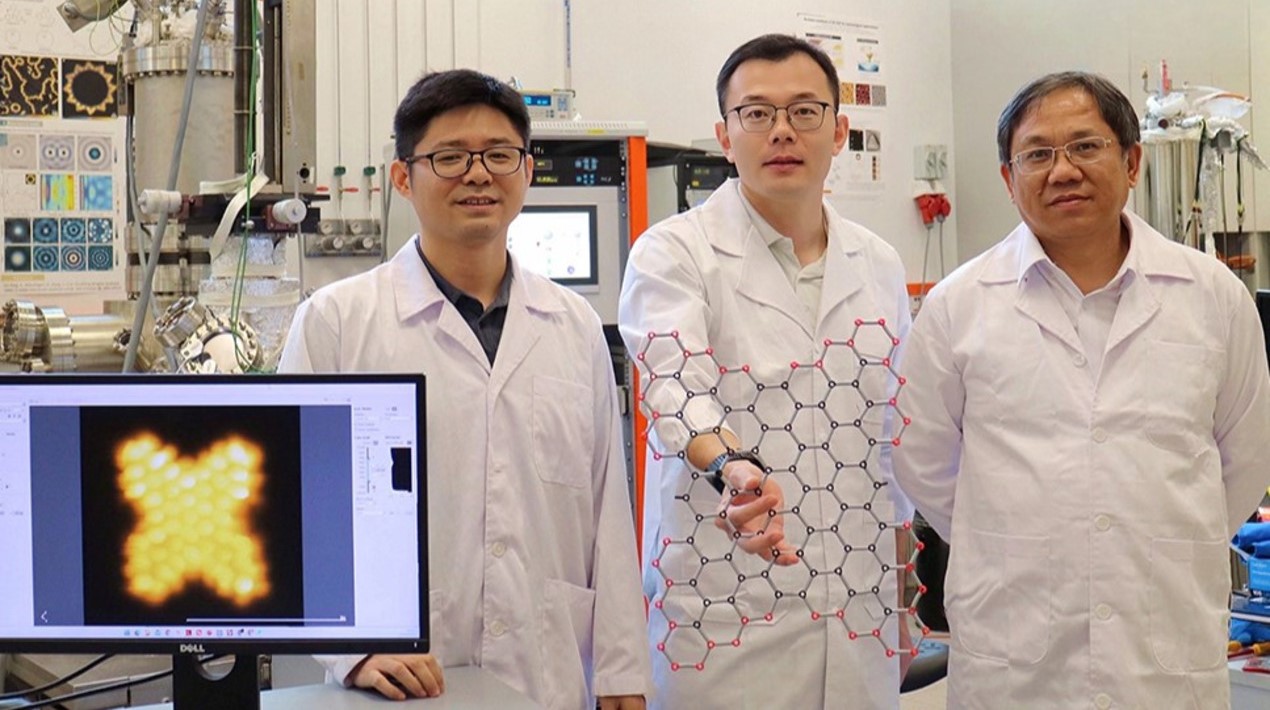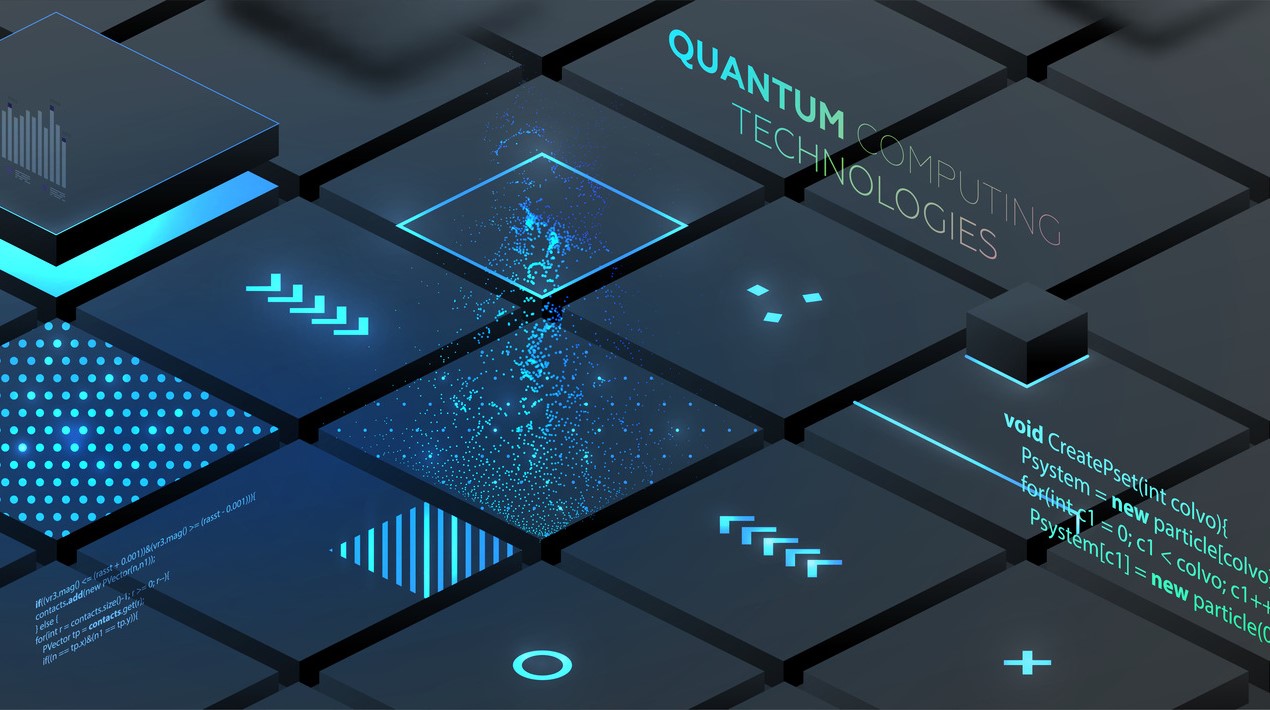
The Taal volcano eruption had exacerbated air pollution in the Philippines, particularly in areas close to the eruption. The most dangerous volcanic gases are sulphur dioxide, carbon dioxide, and hydrogen fluoride. Locally, sulphur dioxide gas from a volcano can cause acid rain and air pollution. These gases can come from lava flows as well as a volcano that erupts violently.
Furthermore, volcanic ash can travel hundreds to thousands of miles downstream of a volcano. Fresh volcanic ash is gritty, abrasive, corrosive at times, and always unpleasant. Although ash is not highly toxic, it can cause problems for infants, the elderly, and people with breathing issues. When it is windy, the ash can also get into the eyes resulting people to get irritated. Ash can also be hazardous to grazing livestock and can damage or force the shutdown of drinking water and wastewater treatment facilities by clogging or damaging equipment.
Air quality monitors can provide real-time or retrospective data. For immediate public health advisories, real-time monitors are more useful. Ideally, regulatory-grade instruments would be installed, but these are costly, difficult, and time-consuming to instal during a crisis, and require ongoing maintenance. The installation of a monitoring network is also prohibitively expensive. During a crisis, low-cost sensors are an excellent option for establishing a network of sensors spread across populated areas.
In this case, the Department of Science and Technology-Philippine Council for Industry, Energy and Emerging Technology Research and Development (DOST-PCIEERD) bared on Monday, July 12, the deployment of locally made air quality monitors to communities affected by Taal’s unrest in provinces of Batangas and Cavite.
Researchers from the University of the Philippines (UP) Diliman are expected to deploy Air Quality Monitor units from their ongoing project to local government units (LGUs) in Agonciloo, Batangas, Tagaytay, and Alfonso in Cavite, according to the DOST-PCIEERD.
As per the DOST, the impetus for developing the device was to create a cost-effective method of gathering and providing critical environmental information that would aid in the creation of environmental policies and the search for solutions to reduce pollution in workplaces and communities.
“Towns and cities majorly affected by the continued restiveness of Taal Volcano would soon receive a helping hand as researchers from the University of the Philippines Diliman are set to deploy air quality monitors in their area,” it stated in a statement on Monday.
The Council noted that the Air Quality Monitor is the first Filipino-made air quality monitor created by the project team, to measure particulate matter in the air using mass concentration measurement. It said the locally developed high-quality aerosol monitors are low-cost compared to its commercial counterparts.
An air quality monitor is basically a device that measures the amount of particulate matter in the air around it. An air quality monitor typically contains three or four metres that measure oxygen content, carbon dioxide, carbon monoxide, and volatile gases. The level of each type of particulate will be determined by the metres that air quality monitors are equipped with. Based on that data, the air quality monitor can then give you a reading.
The deployment in Taal-affected communities may also provide an opportunity for the device to be tested further in a challenging environment as the project seeks to advance the commercialisation of their technology.
Fostering innovation and improving the business environment in the country, on the other hand, will be essential to supporting the digital economy. The Philippines’ high ranking in technology outputs and business sophistication is due to the innovation outcomes produced by its businesses, with levels of outcomes that remain even higher than those of some high-income economies.
















